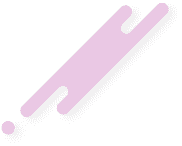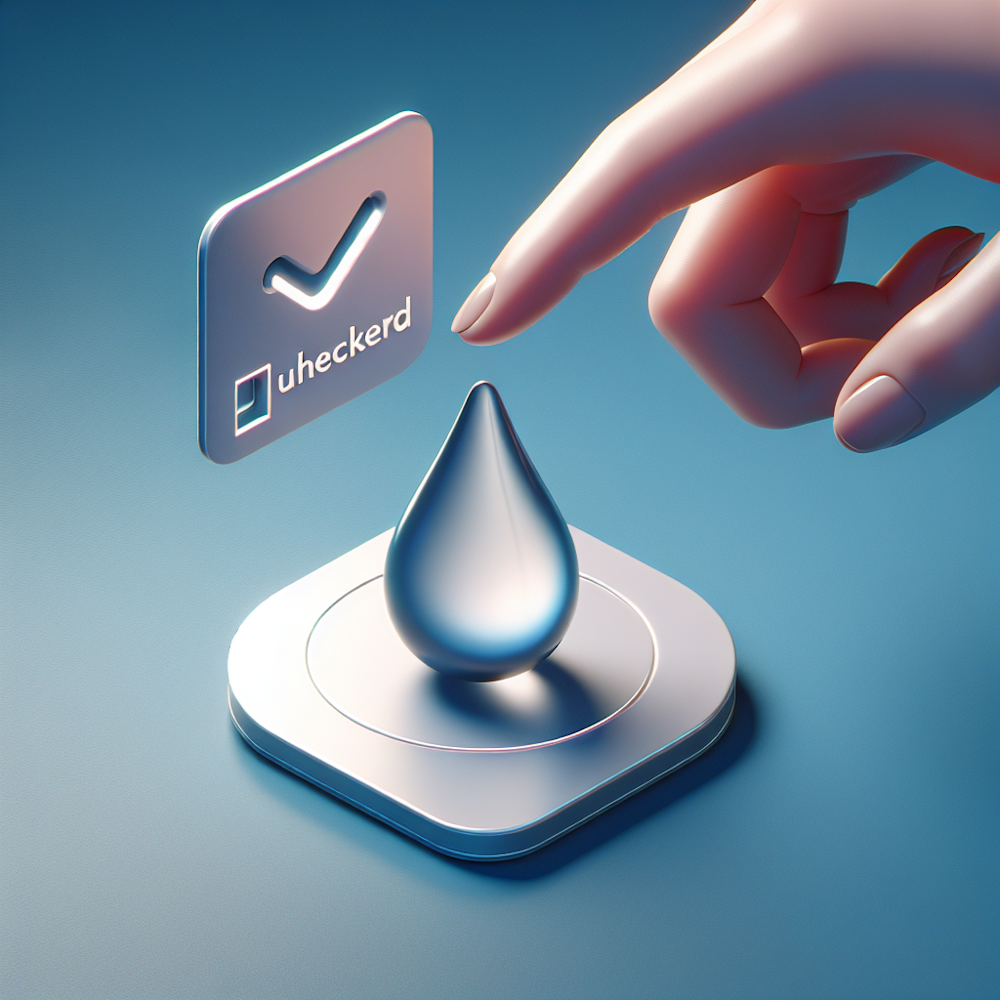As we embark on this journey of web design, it is essential to wave goodbye to practices that have served us well but have reached their retirement age. Say your fond farewells to the square checkbox.
The square checkbox is a vintage style that has stayed with us for years, finding a place in various designs across the digital realm. That being said, in the dynamic world of web design, designers are constantly looking towards the invention of newer forms and shapes to keep up with the trends.
The replacement for our classic checkbox style comes in the form of the fluid hover cards, a trendy upgrade brought to us through the remarkable wizardry of Tailwind CSS, a rather striking utility-first CSS framework which is rapidly growing in popularity.
The shift from a square checkbox to a fluid hover card is an indication of the massive transformation that the world of web design is currently experiencing. Static, unadorned checkboxes are being replaced with interactive, engaging cards that heighten the visual experience.
The square checkbox has been our loyal companion for a long time. It has been a simple, nondescript form placed on every digital platform imaginable. It's been a tried-and-true solution to a designer's query of selecting an option with a single click. Over time, it has gained immense popularity and earned its place in the hall of design fame. Yet, like any good soldier, its time has come to leave the front line, giving way for fresh sprouts of innovation.
Now let's welcome our new buddy, the fluid hover card, a manifestation of Tailwind CSS's magic. Tailwind CSS is a utility-first CSS framework that gives you the power to create customised designs without writing any design-specific CSS. With this resource in hand, web designers are creating hover cards that show real-time movement and flow, giving a more dynamic vibe to the overall design.
The transformation from a static square checkbox to an interactive fluid hover card is a testament to the colossal changes happening in the world of web design. It's a giant leap from the long-running uniformity of static elements to dynamic, interactive components that boost user engagement. These fluid hover cards serve as interactive elements that offer users a more engaging option compared to the conventional checkboxes. They morph and adjust dynamically based on the user’s hovering actions, giving users a peek into what the selection might entail.
From a designer’s perspective, this change could be seen as a call to arms. Designers are being thrust into an era of dynamic design where our tools, practices, and designs must reflect the ever-evolving digital scene. While the square checkbox speaks for an era of simplicity, staticity, and straightforwardness, the fluid hover card represents dynamism, interactivity, and adaptability.
As a web designer hailing from Liverpool, it's clear to see that this shift is not just a replacement of an old design element with a new one. It signifies a broader change within the web designing scenario, with an emphasis on user interaction, visual stimulation and enhanced digital experiences. We're moving toward more innovative, interactive designs that give users a sense of involvement and make their exploration of digital spaces more enjoyable and engaging. This is the evolution, and we're thrilled to see where it's heading.


